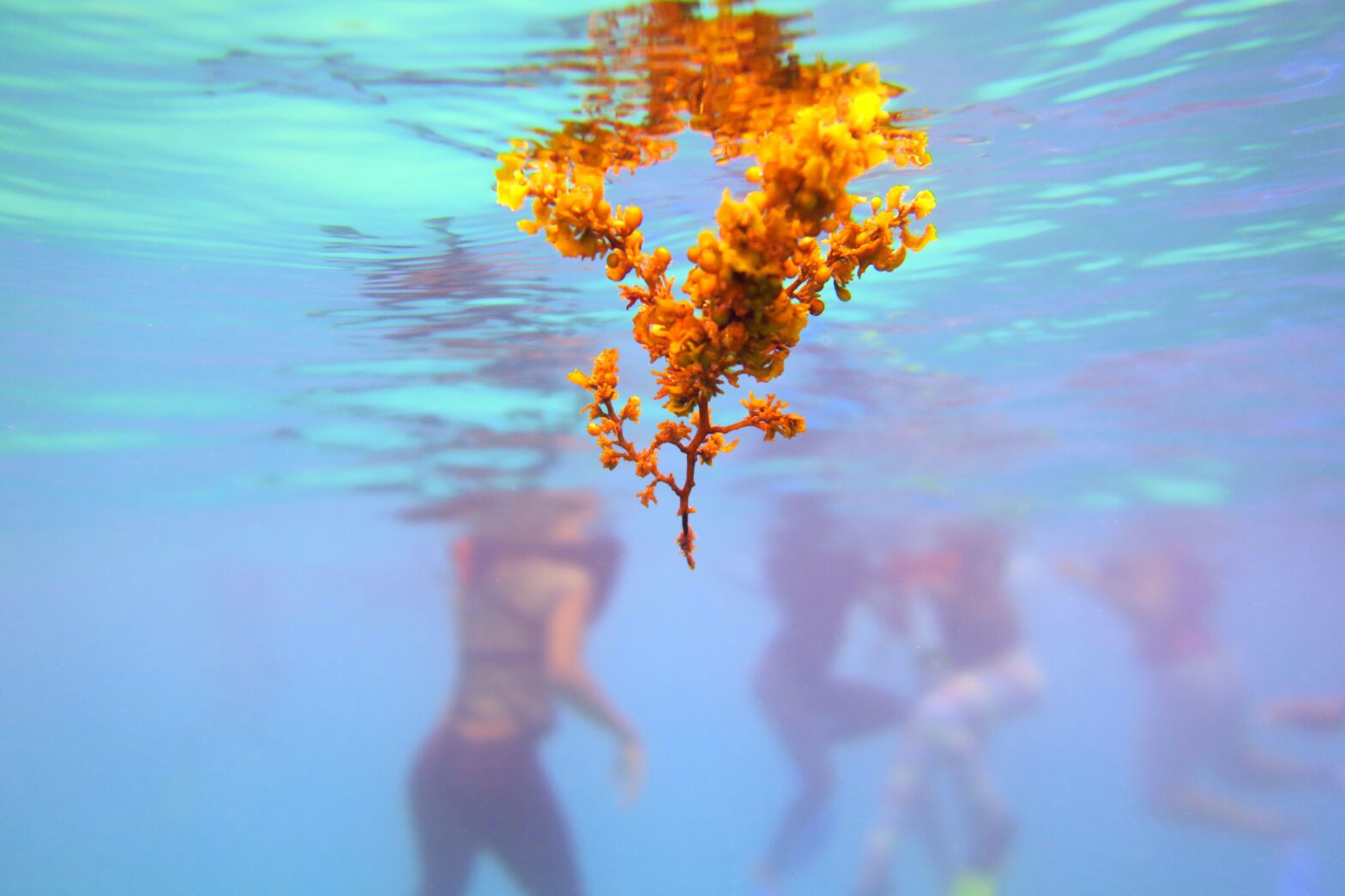Nowadays, climate change is a polarizing topic but the devastating fires, record-high temperatures, and shrinking ice sheets don’t lie. The Caribbean, which relies almost exclusively on tourism, is vulnerable to its effects.
Here’s how climate change is bad news for the Caribbean, and how it could worsen over time.
Coastal Erosion and Lethal Hurricanes
The Caribbean is appointed with so many beautiful natural features, especially the beaches. Islands like Jamaica, Turks and Caicos, and St. Martin are celebrated for their coastlines.
Hellshire Beach in Jamaica used to be a sandy beach where locals and tourists could bring their families. However, it has lost approximately 33 meters of sand, according to the Jamaica Climate Change Youth Council.
The U.S. Climate Resilience Toolkit reports, “Rising sea levels, combined with stronger wave action, and higher storm surges, will worsen coastal flooding and increase coastal erosion.”
Warm water is a critical ingredient for hurricanes. Some of the recent ones have been devastating, and there could be more like them on the horizon.
August and September are the peak hurricane months. If you’re in the region during that time, prepare for heavy rainfall, flooding, and stronger winds.
Flight Complications
If you’ve flown on a commercial plane recently, you probably noticed that delays and cancellations are becoming more commonplace. You can thank climate change for that.
Climate change forces pilots to re-route. It can also cause increased turbulence, which can be scary for those with anxiety and aerophobia. With this in mind, some people might decide that flying to the Caribbean (or anywhere else for that matter) isn’t worth the hassle.
An Influx of Sargassum
This kind of seaweed has always existed but The Great Atlantic Sargassum Belt baffles experts. As the Guardian reported, “It has its nose in the Gulf of Mexico and its tail in the mouth of the Congo.”
Guadeloupe, Puerto Rico and Barbados have reported sargassum issues. It poses health risks for marine lines and humans, owing to the presence of metals and arsenic.
When the seaweed washes up on shore, it releases toxic, horrid-smelling gases. It’s unsightly for guests of coastal resorts and private villas. There’s so much of it, that the staff has to work overtime to cart it away.
